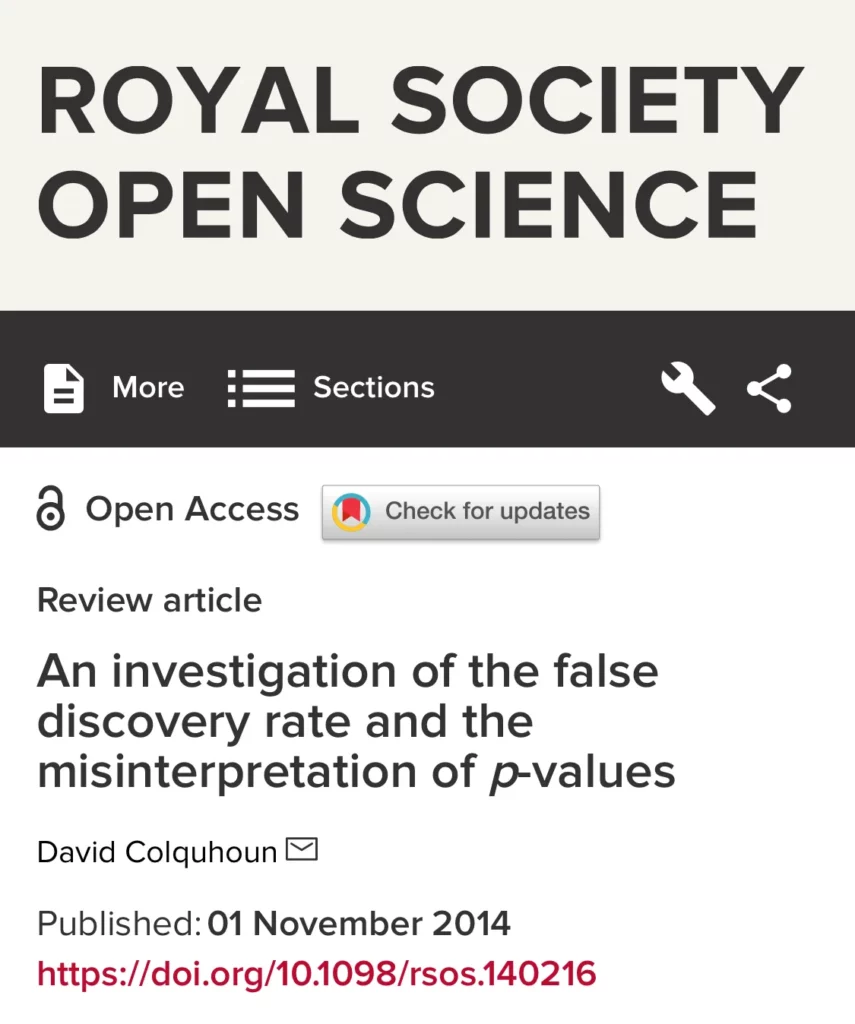Mike Donio is a pharmaceutical scientist who left the field due to irreconcilable differences.
Mike Donio holds a bachelor’s degree in Biochemistry and Molecular Biology with a Minor in Chemistry from the University of Massachusetts and a master’s degree in Biotechnology with a concentration in Biotechnology Enterprise from Johns Hopkins.
He is an accomplished scientist with 20 years of experience, including 15 years in the biotech and pharmaceutical industry.
Over the past 40 years, the state of science has become dire.
What is presented in most laboratories bears little resemblance to how scientific research should be conducted.
Consider the following.
- Most published research findings are false, as concluded in a landmark study by John Ioannidis, titled Why Most Published Research Findings Are False, in which he outlines several factors that decrease the likelihood of a given finding being true.
- There is a reproducibility problem. Up to 90% of scientific studies cannot be replicated.
- The peer review process is broken.
There is an overuse of the p-value in scientific research, which is often used to establish statistical significance. Relying on this value can lead to false findings, especially in underpowered experiments with small sample sizes and small effect sizes.
A p-value in science is a measure used to help scientists determine if their findings are significant or if they might have happened by chance.
Imagine you’re flipping a coin and it lands on heads 10 times in a row. You might wonder if the coin is rigged (or “biased”) to land on heads. A p-value is like a tool that helps you decide. If the p-value is small (typically less than 0.05), then it’s like the tool saying “this is pretty unusual, the coin might be rigged“. But if the p-value is large, it’s like the tool saying “this could easily happen with a fair coin, so we can’t conclude it’s rigged“.
It’s important to remember that a p-value doesn’t prove anything; it just helps scientists make “informed” decisions about their results.
Take a listen to Mike’s story.





